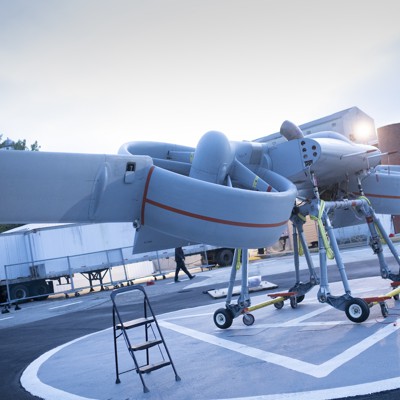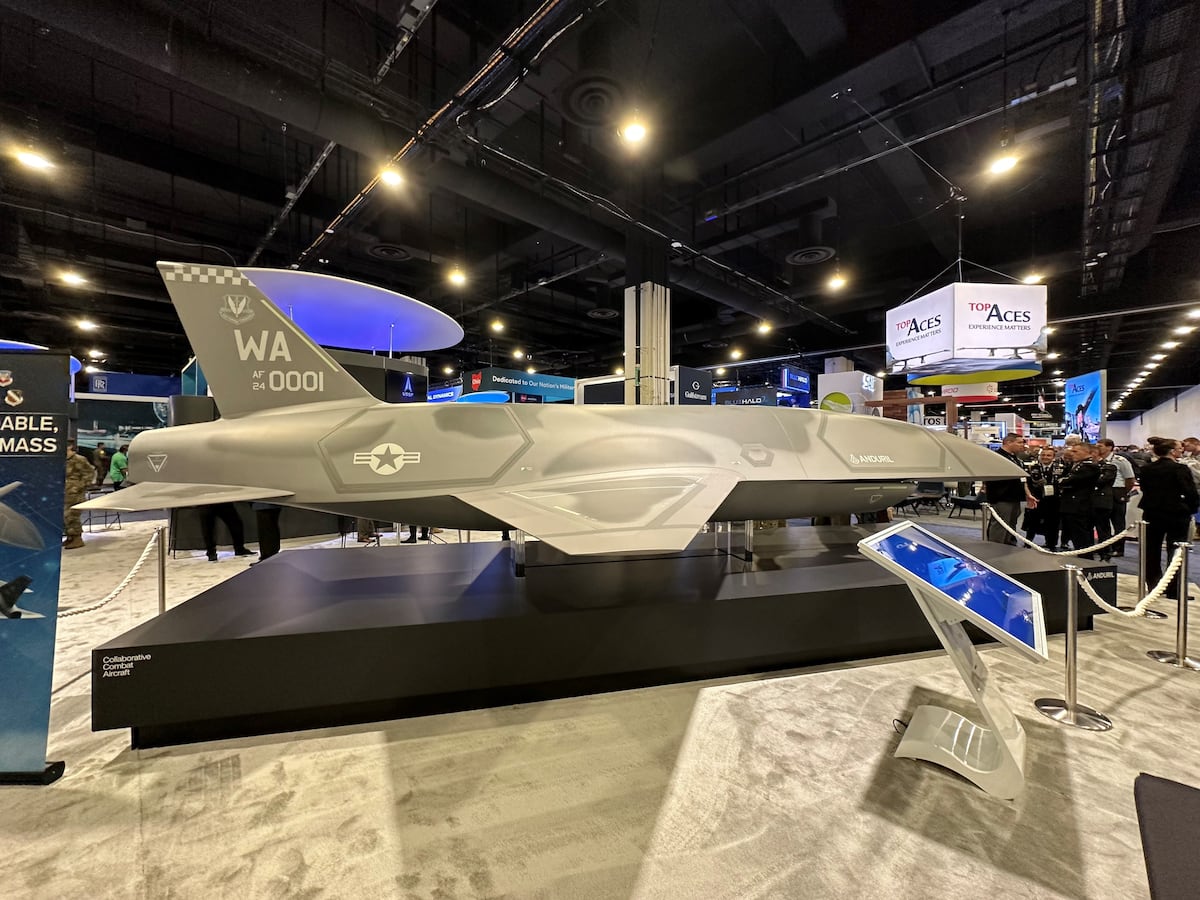Could a one-minute test flight of a half-century-old propulsion concept lead to the next big thing in logistics?
On Tuesday, Piasecki Aircraft Corporation announced that a drone had executed a pair of hovering tests on Sept. 6 at its facility in Essington, Pennsylvania, using tilt-duct rotors designed to take off like a helicopter but fly with the efficiency of a conventional jet.
The drone “achieved a sustained hover for a duration of approximately one minute before descending,” Piasecki said in a statement. A second one-minute flight with a U.S. Army Mobile Multiple Mission Module demonstrated “the ability of its triplex fly-by-wire flight control system to sustain a stable hover in multiple configurations and a dynamic ground environment,” the statement said.
The idea of tilt-duct rotorcraft goes back to the late 1950s, but its time may finally have come. Advances in materials and power have greatly increased the efficiency of such craft. Better virtual models have made them more stable in flight. And autonomic systems have made drones more useful in more situations, particularly where commanders might be reluctant to place a human pilot.
The effort emerged from DARPA’s decade-old Aerial Reconfigurable Embedded System, or ARES, project, which sought to produce a drone or optionally manned aircraft that could carry 3,000 pounds, or “more than 40 percent of the takeoff gross weight of the aircraft.”
“Many missions require dedicated vertical take-off and landing [or VTOL] assets, but most ground units don’t have their own helicopters,” Ashish Bagai, a DARPA program manager, said at the time. “ARES would make organic and versatile VTOL capability available to many more individual units. Our goal is to provide flexible, terrain-independent transportation that avoids ground-based threats, in turn supporting expedited, cost-effective operations and improving the likelihood of mission success.”
The Army and the Air Force supported the tests this week via a $37 million Strategic Funding Initiative.
“ARES creates a new baseline for VTOL technology applied to heavy-payload, time-critical logistics crucial for dispersed operations,” said Barth Shenk, Program Manager at Air Force Research Laboratory, said in a statement.
Read the full article here








Leave a Reply